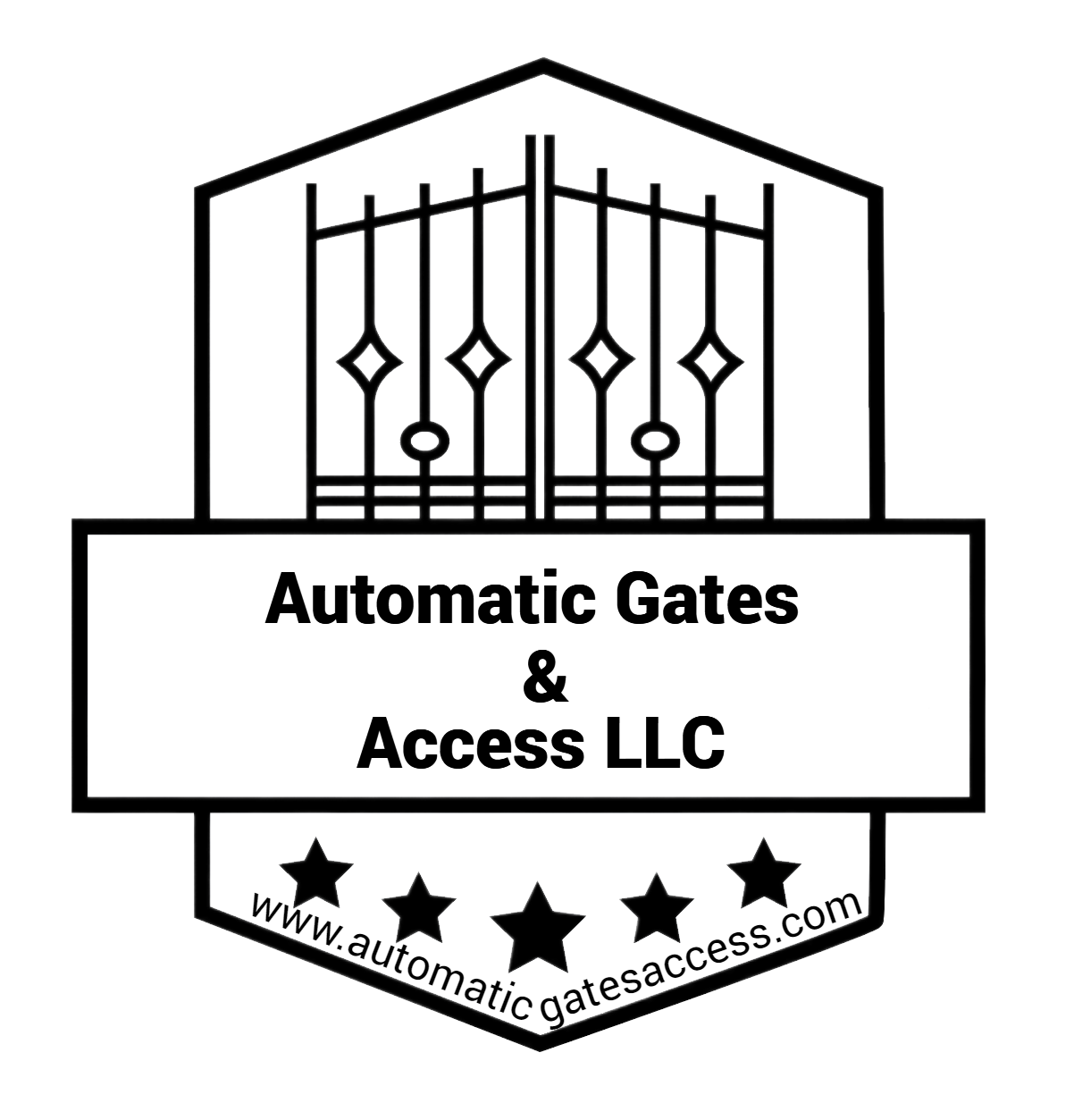
If the last two years have brought anything to our work lives, it has certainly brought changes! One of the most common has been a transition to working from home. Millions of employees around the world, many for the first time in their careers, began working from home. Many are still doing so. Some of us love it, and some of us tolerate it. But one thing both groups have in common is that we all need a home office in order to be our most productive.
If you’re ready to start building your home office, here are tips for managing the costs, plus financing options for more extensive projects.
Consider your cash on hand
Over a third (34%) of homeowners who have done home renovations since March 1 took a practical approach, paying for their projects with cash they had on hand, according to a recent NerdWallet survey.
If you aren’t using savings designated for home improvement, it is OK to use your emergency fund, says New York-based certified financial planner Jeff Wolniewicz. After all, he says, that fund is for unexpected expenses. Just be mindful of how much you need in your emergency fund to feel secure and make a plan to replenish it right away. “I think everybody has seen how important it is through COVID to maintain that,” he says. An emergency fund is a huge peace-of-mind right now, so just have that plan to rebuild it.
You can also put smaller home office purchases on a rewards credit card that gives cash back. Pay the full balance each month to keep interest charges from outweighing the rewards.
Focus your spending
One spending strategy is to invest in pieces that will make your work time more productive and enjoyable and to spend less where it won’t make as much of a difference.
A key piece that can create an effective office environment is a comfortable, supportive office chair. We suggest finding one that’s similar to what you have at work. You can also get your money’s worth out of a fresh coat of paint. She says a new color can help create the feeling you want when you are working. If that light blue changes your mood, go for it, or if you think that crisp white is going to keep you really organized, then go do that.
Additionally, find a way to compartmentalize. Especially if your workspace doubles as a dining room, for example, invest in ways to hide your work — from yourself, if nobody else. We suggest something like a rolling storage cart.
Get financing for bigger upgrades
Homeowners hired professionals for about 63% of home improvement projects between 2017 and 2019, according to the NerdWallet report. And professional help doesn’t always come cheap. If you’re thinking about adding a room or a more extensive workspace renovation, you have a few financing options.
A credit card with a 0% interest promotion could help you pay for your office updates interest-free, Wolniewicz says. The no-interest period on these cards is usually 12 to 18 months, so keep the interest rate in mind in case you can’t pay it off during that period.
You usually need good or excellent credit to qualify, Wolniewicz says, and though he sees some issuers making more zero-interest offers than earlier in the pandemic, they may still be hard to come by.
For building a home office, Wolniewicz recommends a home equity line of credit because of its flexibility. You can take only what you need from a HELOC and leave the rest, unlike a home equity loan, which comes in a lump sum.
If you can’t get your hands on a zero-interest credit card and you don’t want to tap your equity, consider a home improvement loan. You usually get the funds from these loans faster than an equity loan, and they can have annual percentage rates lower than a credit card. Because they have higher rates than HELOCs and typically shorter repayment periods, your monthly payments could be higher, Wolniewicz says, but you will also clear your debt faster.






